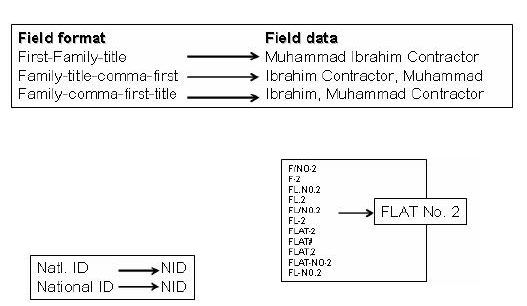Micro Strategy is the largest Independent Public BI Company.
It is a business Intelligence, enterprise reporting and olap (Online Analytical Processing) software.
Micro strategy software allows reporting and analysis of data stored in a
relational database, multi dimentional database or flat data file.
It has also supported mutli dimentional MOLAP processing and ROLAP.
MicroStrategy is specially Designed to help Companies easily change any of the Components of their BI Stack.
Following figure explains the same:
Products for different platforms:
1. MicroStrategy Analytics : It is an BI and predictive analytics software allowing user to search through and perform analytics on big data through divergent sources like data warehouses, Excel files, and Hadoop distributions.
2. MicroStrategy Mobile : It allows customers to build and deploy mobile business apps for the iPhone, iPad, Android, and BlackBerry
3. Usher : Usher is a mobile identity software application, which provides an always-on electronic alternative to traditional employee IDs, keys, and proximity cards
4. Alert : Alert is a mobile commerce application that offers retailers and other merchants the ability to create branded mobile apps for marketing, commerce, and loyalty
5. MicroStrategy Cloud : It is a cloud based platform which allows businesses to build and deploy their own strategic information applications without investing in infrastructure
Further, We would look into Micro strategy Architecture in next blog spot. Stay tuned!
References:
http://en.wikipedia.org/wiki/MicroStrategy
www.siliconindia.com
http://www.bryanbrandow.com/2012/03/getting-started-with-microstrategy.html











